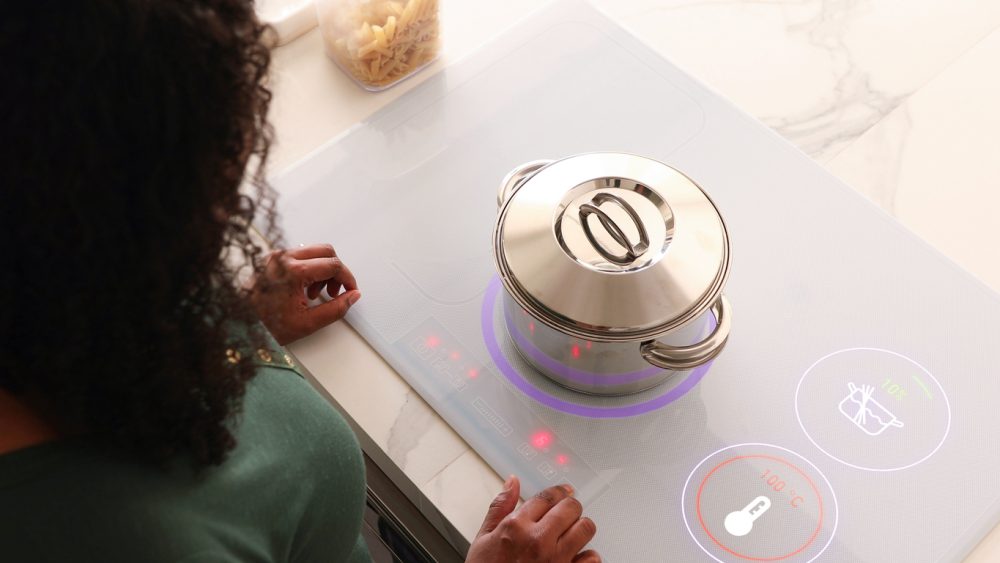The global smart appliance market is expected to reach a whopping $58.51 billion by 2030. To put that figure in perspective, the market was worth 29.03 billion as of 2022, according to a new report from Grand View Research.
This growth will come with significant opportunities for both appliance retailers and custom integrators. A few key trends to focus on as you position your business for success in the appliance market are sustainability, ease of use, and connectivity.
Customers want products that are both easy to use and guilt-free. To accommodate these needs, companies are constantly releasing new technologies, such as induction cooktops, microplastic filters, and flexible-temperature refrigerators that are worth staying on top of.
Here are some major events from the first quarter of 2023 that are set to make waves in the smart appliance industry for years to come.
GE Plans to Manufacture 14 New Induction Cooktops at Georgia Facility
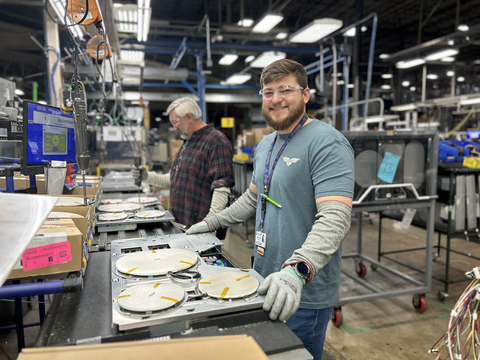
GE Appliances is adding 14 new induction cooktops across its Monogram, CAFE and GE Profile brands. Induction cooking, which utilizes magnetic conductivity to directly heat the cookware instead of transferring heat from a cooktop, is both more energy efficient and quicker than gas or electric stoves. Unique to GE’s new lineup of induction cooktops is the company’s Precision Temperature Control Technology, which allows users to set the cooking surface to a specific temperature and syncs with the SmartHQ app to deliver an optimized cooking experience.
The lineup of new induction cooktops is being produced at the company’s Roper Corporation manufacturing plant in LaFayette, GA. At the moment, the plant is currently in the process of implementing a $118 million investment, which was announced back in 2021. According to the company’s press release, the plant works with 256 Georgia suppliers and contributes $2.4 billion to Georgia’s GDP. One of the new products to be produced at the plant, the GE Profile 36-inch Touch Control Induction Cooktop, just took home a Best of Kitchen & Bath Industry Show Connected Home Technology Silver Award.
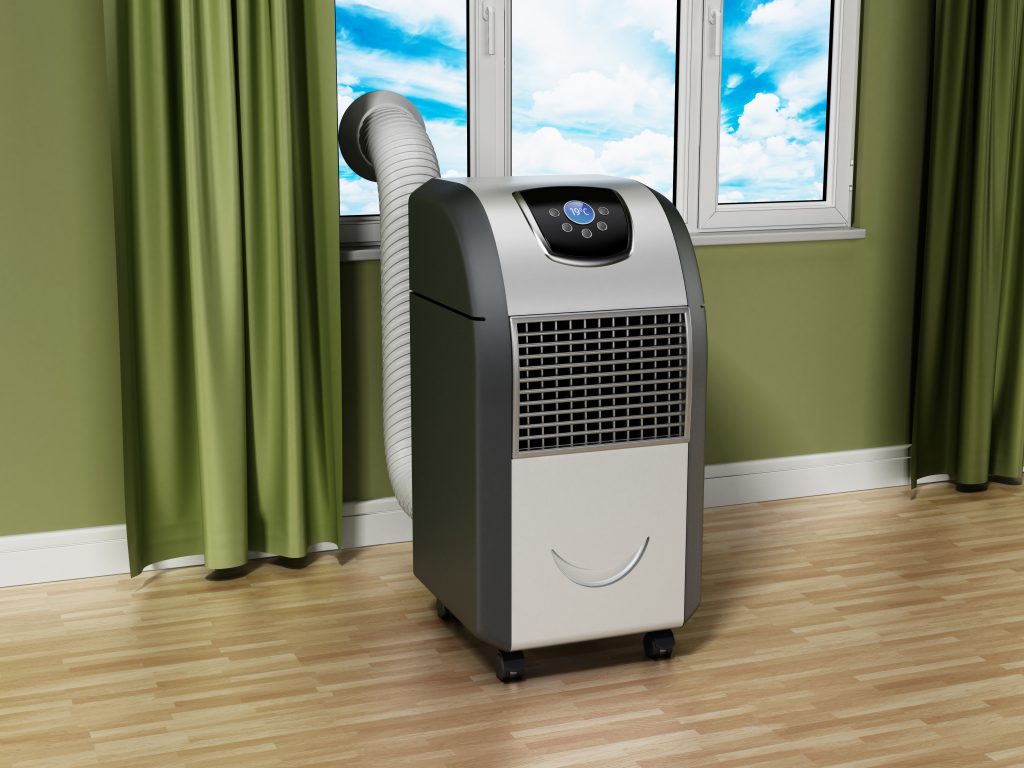
There’s Ample Opportunity in the AC Market
According to a new report released by researchandmarkets.com, the global air conditioning market is expected to grow by $19.65 billion by 2027 at a compounding annual growth rate of 2.87 percent. The main drivers of this growth will be an increase in residential construction as well as a transition to the more eco-friendly R32 refrigerant.
As of 2022, the United States HVAC market was estimated to be worth roughly $17.15 billion according to a report from Grand View Research. Growth in the U.S. sector is expected to outpace the global market with a CAGR of 6.5 percent between 2025 and 2030. In the United States, 2-3 million cooling systems are replaced annually, and more than $10 billion is spent on system maintenance.
All this to say, the market for air conditioning in the United States and across the globe is massive and provides a significant amount of upside for CE retailers. When thinking about the A/C market, it’s important to remember that a significant portion consists of stand-alone or portable units that can be sold directly to the consumer.
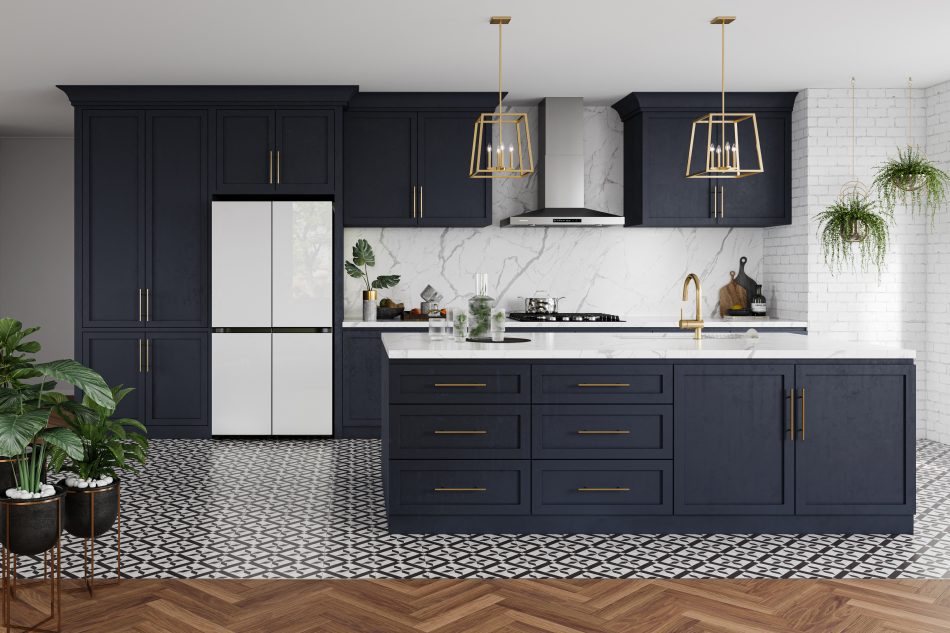
Keep an Eye on Flexible Temperature Fridges
Flexible temperature fridges are a burgeoning development in the appliance space that gives users a multi-dynamic space that can be used as a freezer or refrigerator. This new feature is prominent in Samsung’s 2023 lineup of refrigerators. The FlexZone is available in the company’s Bespoke line and gives users the ability to toggle between different temperature settings.
No One Wants to Eat Plastic
Microplastics from commercial product development or the breakdown of larger plastics can be found all across the planet, from the farthest reaches of the ocean right down to the tap water we drink. According to reporting from Reuters, the average person consumes a credit card worth of plastic every week – certainly not what the doctor ordered.
This may come as a surprise, but home appliances, particularly washing machines, are one of the main sources of global microplastic pollution. That’s because most of the clothes we wear are made from synthetic textiles, which shed microplastics during the cleaning process. The microplastic-filled gray water runoff from washing machines is then dumped into the ocean or other local water sources, causing ecological harm.
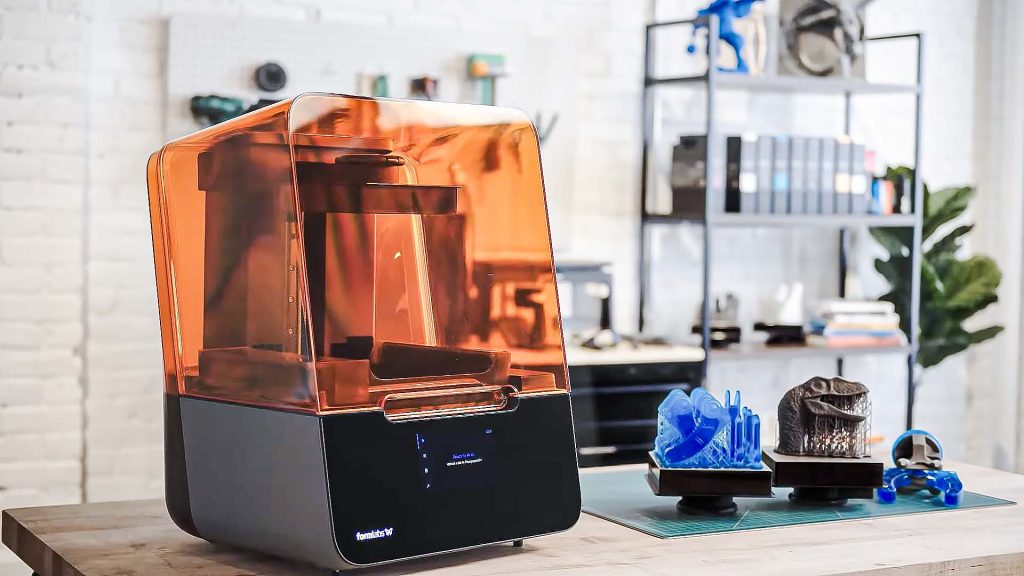
The need for washing machines featuring microplastic-filtration systems is set to grow rapidly over the next decade. France has already passed legislation requiring all washing machines sold in-country to filter out microplastics by 2025. Similar movements have begun development in California, Oregon, and Ottawa.
As a result, CLEANR, a microplastic-filtration technology company, announced in April that it has partnered with Formlabs Automation Ecosystem to rapidly scale the production of its micro-plastic filters via Formlabs 3D printing technology.
On the partnership, Chip Miller, co-founder and chief operating officer of CLEANR said in the company’s press release: “3D printing technology plays a pivotal role in how we’re helping washing machine manufacturers address complex microplastic-filtering specifications, testing standards, space constraints, and cost challenges as they move quickly to address new regulations… Formlabs technology enables us to render extremely high-quality prototypes for them in a matter of hours or days, instead of weeks or months, in order to adapt our solution for diverse appliance designs.”







